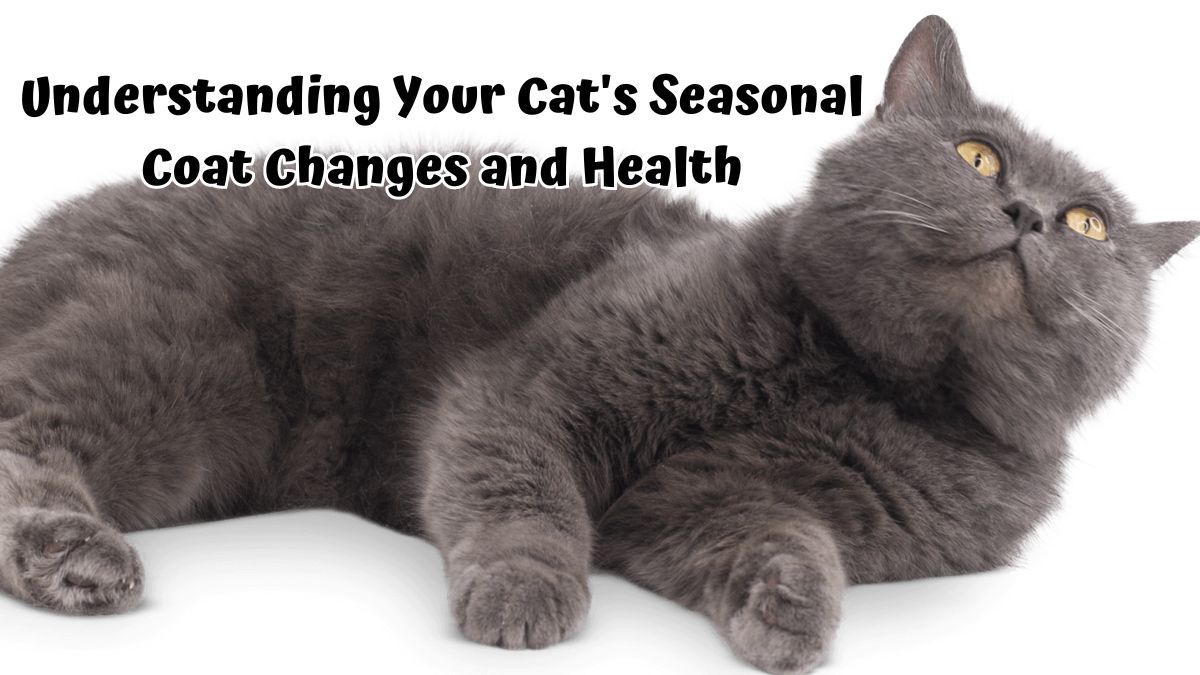Cat owners are familiar with the shift in their pet’s fur across seasons, moving from a thick, protective layer during the cold months to a lighter, more breathable coat in summer.
This adaptation, crucial for regulating body temperature, involves more than just the visible outer coat or top layer; it includes the entire spectrum of their fur, down to the paw tufts.
Recognizing these changes is essential for maintaining the health and comfort of your feline friend, regardless of whether they prefer the indoors or are adventurers in the natural world.
In this article, we will explore the differences between cat winter coat vs summer coat. We will also consider the health and grooming of cats at various times of the year.
Cat Winter Coat vs Summer Coat
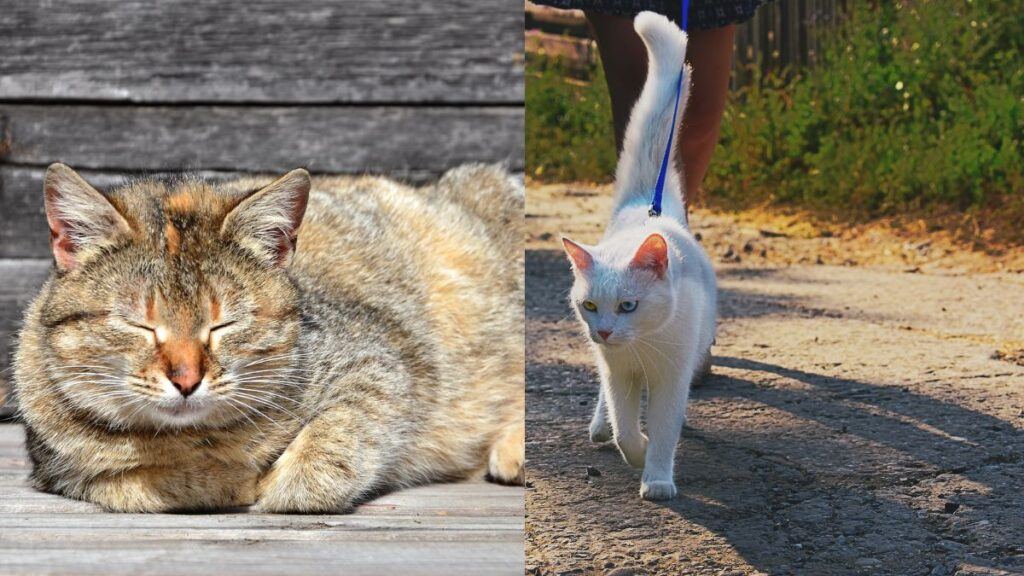
Preparing for Winter: The Growth of a Dense Coat
Cats begin preparing for the colder months ahead as the days become shorter and the temperature drops.
The growth of a denser and heavier winter coat is a crucial adaptation for their survival.
The outer coat thickens to repel moisture and provide a sturdy barrier against wind and weather, while the undercoat becomes fluffier and more insulating.
This dual-layered fur system is particularly evident in longhaired breeds, whose thick, luxurious coats are a natural defense against the cold.
Shedding for Summer: Adapting to Warmth
Cats shed their heavy winter coats with spring’s arrival and summer’s approach. This shedding process is vital for the cat’s comfort and health, preventing overheating during the warmer months.
The lighter summer coat that emerges allows for better air circulation close to the skin and facilitates body heat dissipation.
The extent and timing of shedding can vary widely among cats, with those exposed to natural daylight often experiencing more synchronized shedding cycles with the seasons.
The Influence of Light and Temperature
Cats’ fur growth and shedding patterns are closely tied to the amount of light and temperature changes in their environment.
Natural daylight serves as a signal for their bodies to adjust their fur accordingly.
Indoor cats, however, may experience less distinct seasonal changes in their coat due to artificial lighting and controlled indoor temperatures, which can disrupt their natural shedding cycles.
Maintaining the Seasonal Coat
Throughout these seasonal changes, maintaining the health of a cat’s coat is essential.
Regular grooming benefits all cats, helping remove loose fur and prevent matting, especially during peak shedding periods.
For cat owners, understanding and supporting their feline friends through these natural cycles ensures their well-being and comfort, regardless of the season.
Health Considerations During Seasonal Transitions
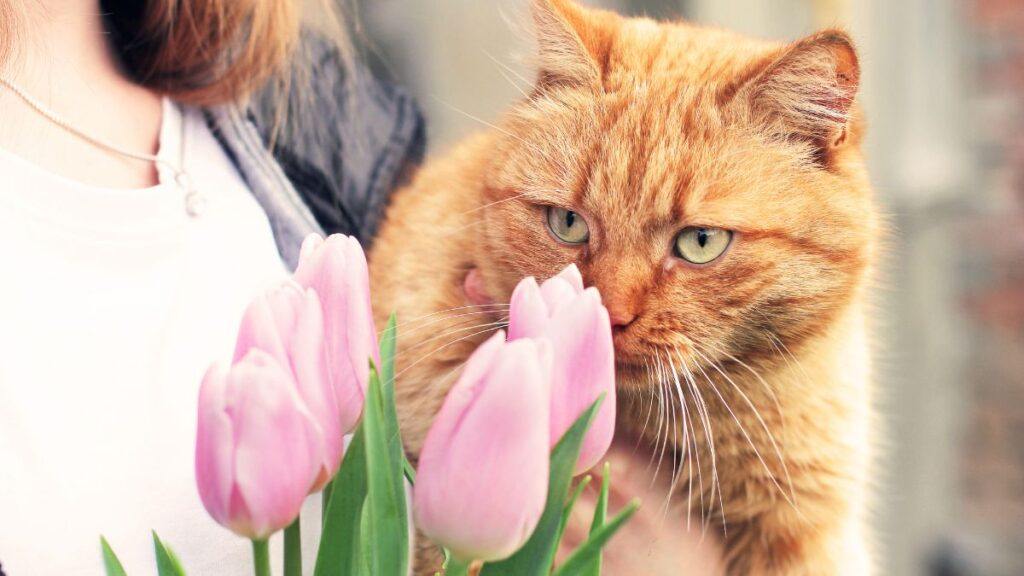
While most fur changes are normal, certain signs can indicate skin problems or other medical issues.
Excessive shedding, the appearance of bald patches, or changes in the skin under the fur may signal that your cat is experiencing discomfort or illness.
Sick cats may also show changes in behavior or grooming habits, which can further affect their coat’s condition.
Attention to these signs is crucial, as skin problems can be symptomatic of larger health issues.
Regular grooming, including brushing the outer coat and paw tufts, can help identify any unusual changes early.
It also helps manage fur density, reducing the risk of overheating in summer or retaining too much moisture during the cold months.
Dietary Influence on Fur Health
The health of a cat’s fur is directly influenced by its diet, with essential nutrients playing a pivotal role in maintaining a shiny and strong coat.
Essential fatty acids, such as Omega-3 and Omega-6, are crucial for skin and fur health, yet cats cannot produce them naturally and must obtain them through their food.
Omega-3s, often sourced from fish oils, help to reduce skin inflammation and irritation, while Omega-6s are vital for a robust skin barrier and moisture retention, contributing to a shinier coat.
Quality cat foods are designed to deliver a balanced blend of these fatty acids.
Other Cat Food Nutrients
Some other key nutrients are biotin, which aids in keratin production for the fur, zinc for skin healing, and vitamins A and E for protection against oxidative damage.
These ingredients work synergistically to ensure that a cat’s coat remains lustrous and their skin healthy.
During seasonal transitions, cats shed their old fur to adapt to changing temperatures, necessitating a consistent, nutrient-rich diet to support the growth of the new coat.
A well-balanced diet helps to facilitate this natural process, ensuring the emerging fur is as robust as possible.
Avoiding sudden dietary changes can prevent issues like dullness or excessive shedding, making it essential for cat owners to maintain a high-quality dietary regimen for their feline companions.
Proper nutrition is key to a healthy, shiny coat and overall well-being for cats throughout the year.
Grooming and Care Across Seasons
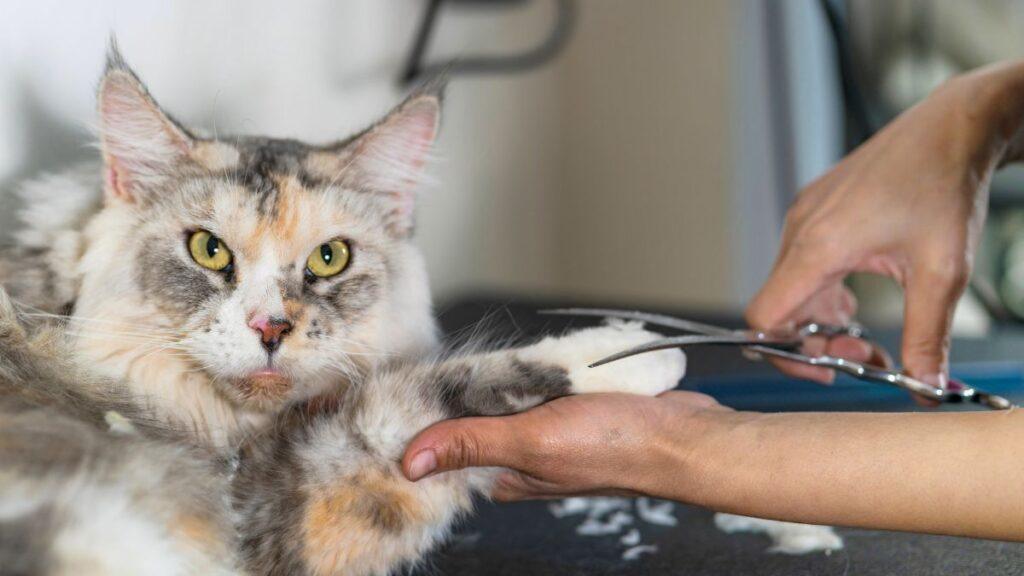
Regular grooming is vital for all cats, especially during periods of intense shedding.
For longhaired breeds, brushing can prevent mats and tangles in the outer coat and top layer, ensuring the undercoat remains healthy.
Grooming also offers a chance to check for any signs of skin irritation or other issues that might require medical attention.
Effective grooming techniques vary based on the season and the cat’s needs.
Frequent brushing can help manage shedding during warmer months and keep the summer fur in good condition.
In contrast, winter grooming might focus on maintaining warmth and preventing the skin from drying out.
Related: The Purr-fect Comparison Between Short Hair and Medium Hair Cats
Final Thoughts on Cat Coat Care
Caring for your cat’s coat is crucial, especially as the time of the year affects their shedding and fur color.
Understanding the periods of hair growth helps owners provide the best care, which is essential during colder months when cats with double coats grow thicker fur.
Regular grooming is vital, particularly for long-haired and older cats struggling with self-maintenance.
Nutrition is a key factor in maintaining a healthy fur coat. Supplements like salmon oil can enhance coat quality, but be aware of food sensitivity that could impact skin health.
Using high-quality food that suits your cat’s dietary requirements is essential.
Stay vigilant for any signs of discomfort or changes in the hair coat, which could signal health issues. Consult with a veterinarian if you notice anything unusual.
By adapting care routines to your cat’s shedding patterns and providing proper nutrition and grooming, you can help ensure your cat stays comfortable and healthy throughout the year.
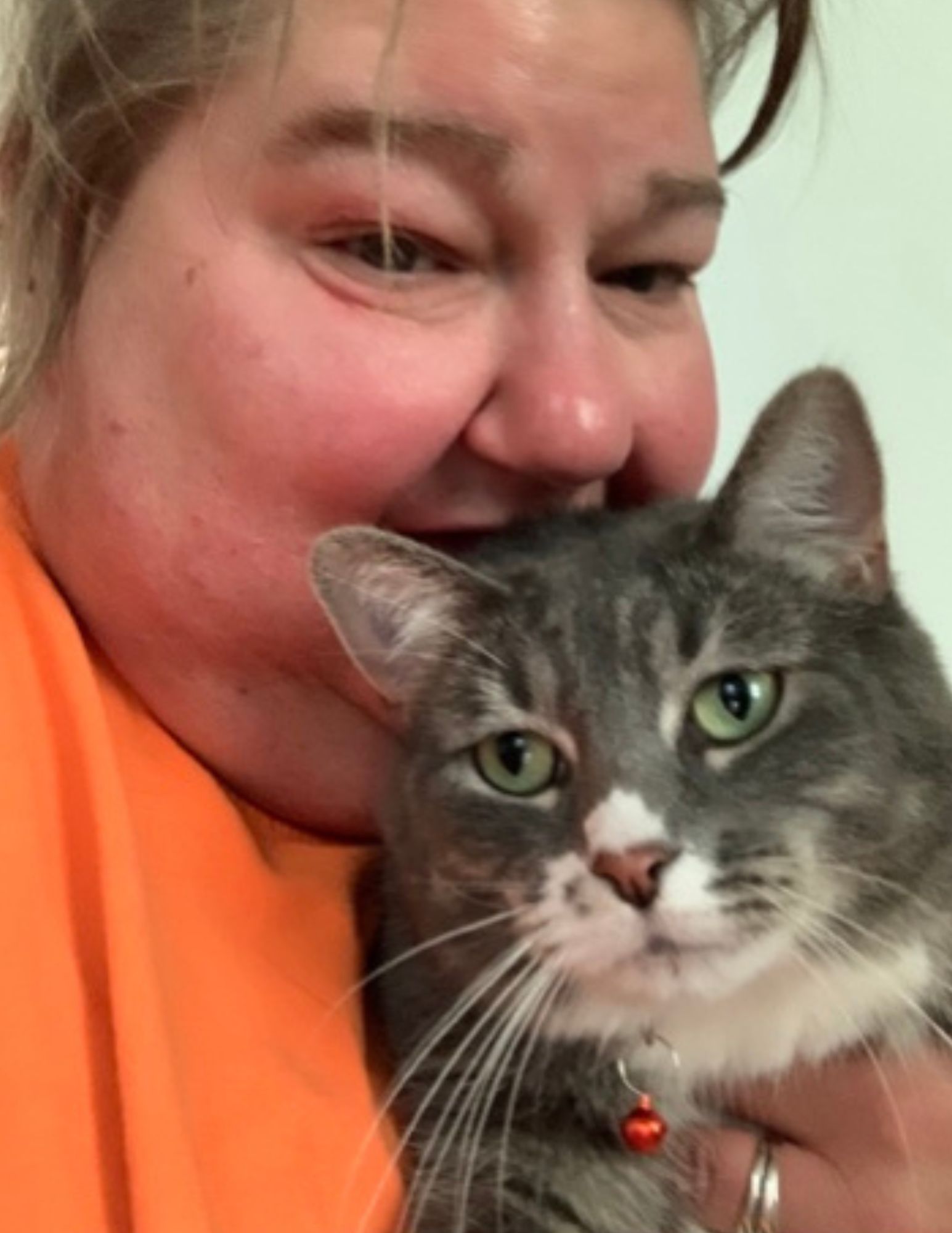
Meet Ann Haasnoot, the passionate founder of CatFurLife.com. A lifelong cat lover from Wisconsin, Ann combines her extensive feline behavior and care knowledge with her love for writing. On her website, she shares invaluable insights about cat breeds, care tips, and her experiences with her beloved furbaby, aiming to deepen the bond between cats and their human companions.

